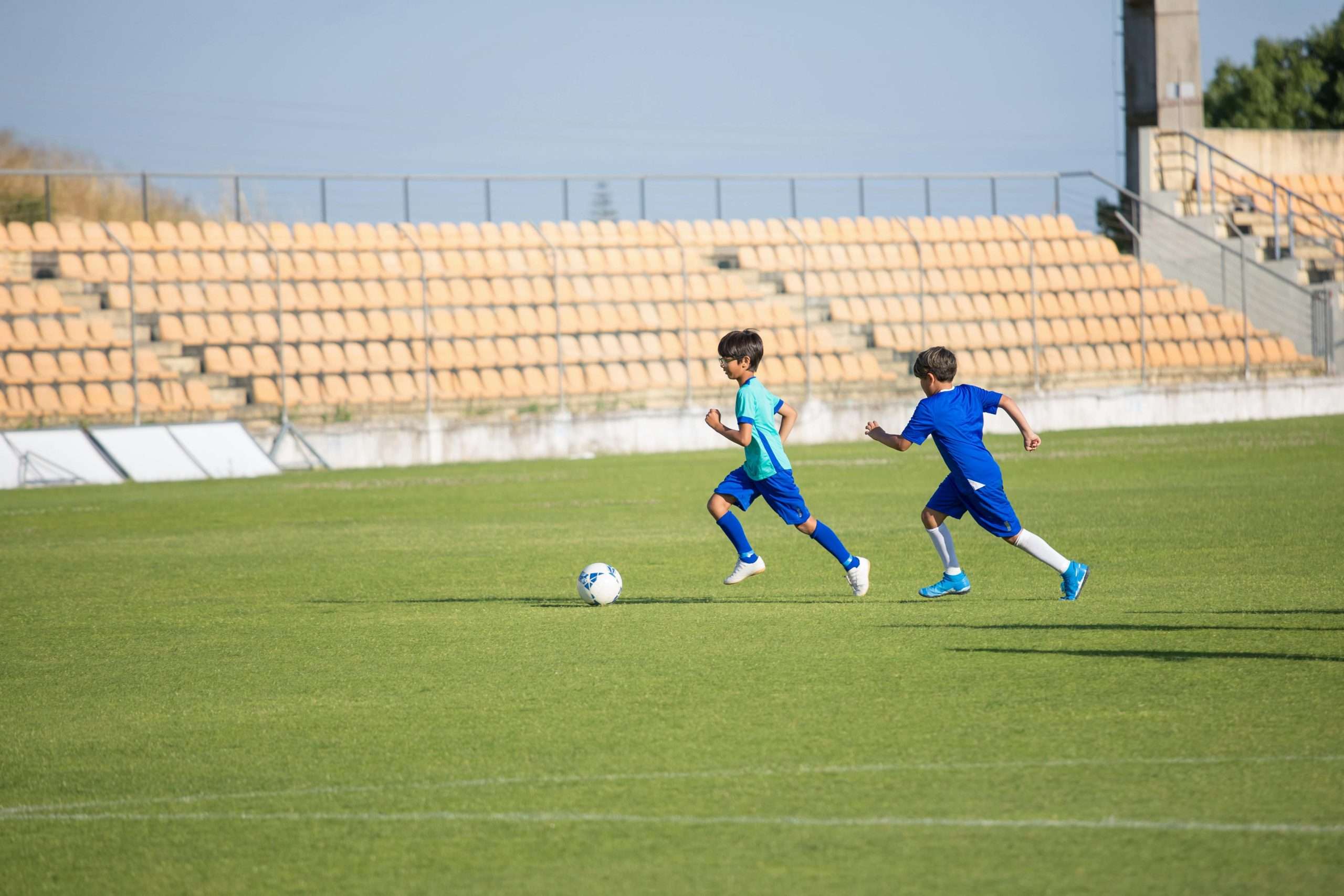- Enhanced Learning Capabilities
- STEM And Sports: A Winning Combination
- Improved Academic Performance
- Development Of Soft Skills
- Stress Relief And Mental Health
- Time Management And Discipline
- Physical Health And Wellness
- Building A Sense Of Community
- Encouraging Healthy Competition
- Career Opportunities
- Conclusion
In the dynamic landscape of modern education, the integration of sports and academic learning emerges as a powerful duo, unlocking multiple benefits for students worldwide. This combination not only enriches the educational experience but also prepares students for a well-rounded future.
Both sports and education are crucial for the development of essential life skills, including teamwork, discipline, and leadership. However, their combined force is greater than the sum of their parts, offering a holistic approach to student development.
Let’s dive into the ten compelling advantages of blending sports with education and discover how this synergy shapes the leaders of tomorrow.
Enhanced Learning Capabilities
Engaging in sports is much more than physical exercise; it’s a catalyst for cognitive growth and enhanced learning capabilities. When students participate in athletics, they’re not just building muscles but also brainpower. Physical activity stimulates brain function, leading to improved memory, heightened concentration, and sharper problem-solving skills. For instance, a brisk game of basketball or soccer can boost blood flow to the brain, nourishing it with oxygen and essential nutrients, which, in turn, enhances cognitive functions. Consequently, students who are active in sports often find themselves better equipped to tackle academic challenges, absorbing and processing information more efficiently.
STEM And Sports: A Winning Combination
The integration of sports into the STEM curriculum is a game-changer for education. By applying the principles of science, technology, engineering, and mathematics to sports, students see firsthand the practical application of their studies. This approach not only makes learning more interactive and engaging but also sparks an interest in STEM fields among students. For example, analyzing the physics behind a soccer ball’s movements can transform a standard physics lesson into an exciting, hands-on learning experience. This method of teaching encourages students to think critically and creatively, making STEM subjects more accessible and enjoyable and paving the way for future innovations.
Improved Academic Performance
The positive impact of sports on academic performance is undeniable. Studies have consistently shown that students who engage in sports exhibit higher grades and better attendance than their non-athletic counterparts. This correlation can be attributed to the discipline, time management, and goal-setting skills honed on the playing field. Sports teach students how to set objectives, work towards them diligently, and manage their time effectively—skills that are directly transferable to academic pursuits. Thus, student-athletes often approach their studies with the same determination and resilience they display in sports, leading to improved academic outcomes.
Development Of Soft Skills
One of the most significant benefits of combining sports with education is the development of soft skills. The sports field serves as an excellent arena for cultivating interpersonal skills such as teamwork, communication, and leadership. Participating in sports requires students to work collaboratively, communicate effectively with teammates and coaches, and sometimes, take on leadership roles. These experiences prepare students for real-world scenarios, where such skills are invaluable.
Stress Relief And Mental Health
The importance of mental health has never been more recognized in the field of education, and sports offer a powerful tool for stress relief and psychological well-being. Physical activity is known to reduce levels of stress hormones in the body while simultaneously stimulating the production of endorphins, chemicals in the brain that act as natural mood lifters. Additionally, participating in sports provides a healthy outlet for releasing energy and tension, helping students to maintain their mental health. This aspect of sports is crucial in today’s fast-paced, high-pressure educational environments, offering students a much-needed break from academic stresses.
Time Management And Discipline
Juggling academics and sports demands a high level of time management and discipline from students, traits that are invaluable in both student and adult life. Through sports, students learn to efficiently allocate their time between training, competitions, and academic responsibilities. This balance requires a disciplined approach to daily routines, ensuring that neither academics nor sports suffer due to mismanagement. The discipline learned on the field or court—whether it’s adhering to a training schedule or following a coach’s strategy—translates directly into academic discipline, such as sticking to study schedules and meeting deadlines. Similarly, if you’ve invested money into baseball glove services to ensure your child has the best equipment for the favorite game, they will learn to recognize the value of this, and put more attention and care into looking after their gear. These skills not only contribute to immediate academic success but also prepare students for the rigors of higher education and professional careers.
Physical Health And Wellness
Regular participation in sports significantly contributes to students’ physical health, combatting the sedentary lifestyle that is increasingly common in today’s digital age. Sports encourage regular exercise, which helps maintain a healthy weight, improve cardiovascular health, and develop muscular strength and flexibility. Moreover, active participation in sports instills the values of nutrition and healthy living from a young age, promoting lifelong wellness habits. These physical benefits are not just essential for a healthy body but are also linked to better academic performance, as a healthy body supports a healthy mind.
Building A Sense Of Community
Sports are a powerful tool for building a sense of community and belonging among students. Team sports, in particular, require individuals to work together towards a common goal. This collective effort strengthens the bonds between students, creating a supportive network that extends beyond the playing field. The sense of community developed through sports can alleviate feelings of isolation and promote an inclusive school environment where students feel valued and connected. Furthermore, school sports events often bring together students, teachers, and parents, strengthening the community bond and fostering school spirit.
Encouraging Healthy Competition
Healthy competition is another significant benefit of integrating sports with education. Sports teach students to strive for excellence while maintaining integrity and fairness. This competitive spirit, when channeled positively, motivates students to set higher goals in both sports and academics. It also teaches them to handle both success and failure with grace, learning from losses and setbacks instead of being discouraged by them.
Career Opportunities
The fusion of sports and academics opens up diverse career paths for students beyond becoming an athlete or taking up a role in professional sports. Skills developed through sports, such as teamwork, leadership, and strategic thinking, are highly valued in the job market. Moreover, students with a background in sports and education may pursue careers in sports management, coaching, sports medicine, and fitness training, among others. The discipline, work ethic, and social skills honed through sports make student-athletes attractive candidates for various roles, demonstrating the wide-ranging professional opportunities that arise from this combination.
Conclusion
The fusion of sports and education brings forth a myriad of benefits, extending far beyond the physical advantages to encompass cognitive, social, and emotional development. By fostering an environment where sports and education coexist harmoniously, we pave the way for students to become well-rounded individuals, equipped not only with academic knowledge but also with the life skills necessary to thrive in any endeavor. Hence, integrating sports into the educational curriculum is not merely an enrichment activity—it’s a vital component of a holistic educational approach that prepares students for the diverse challenges of the real world.







